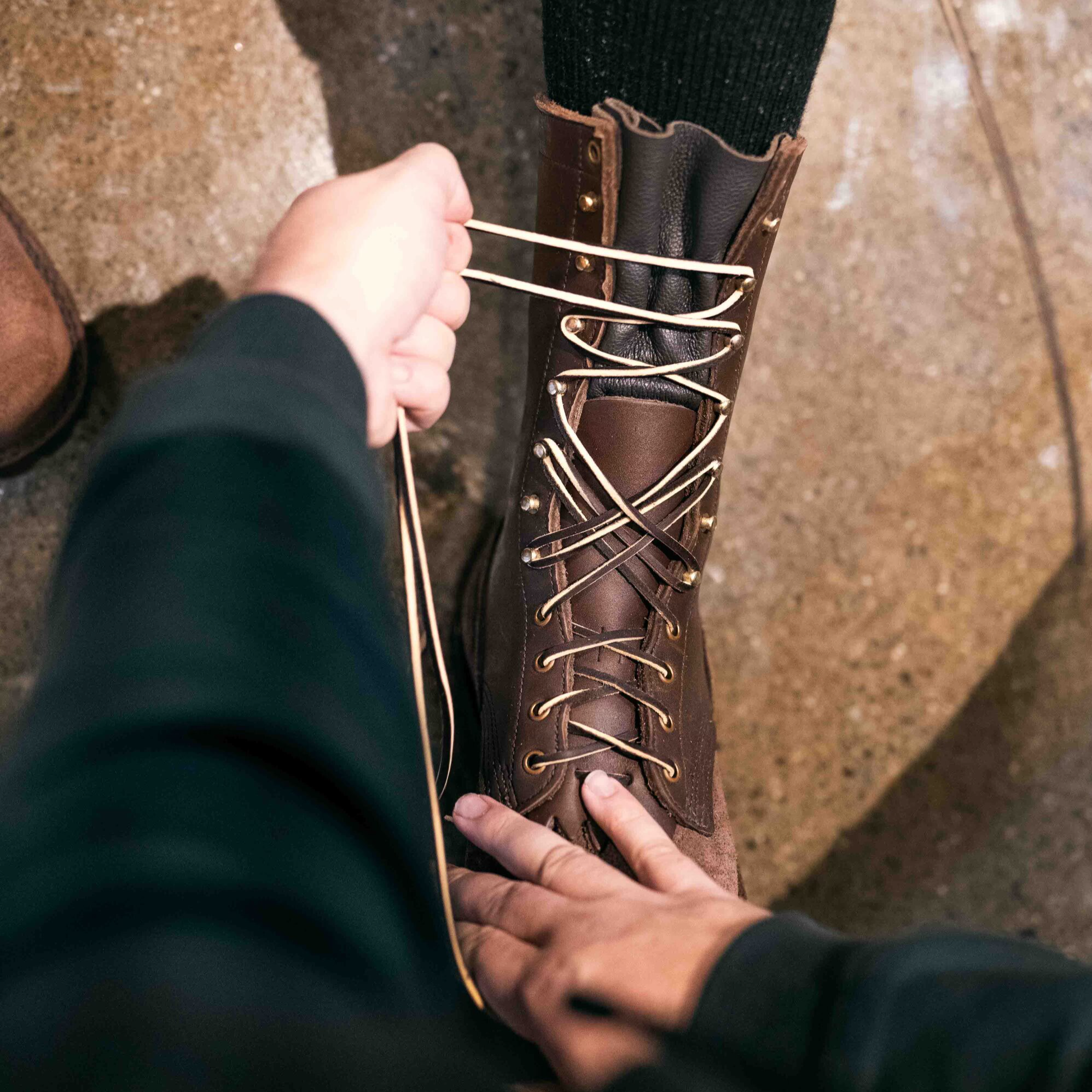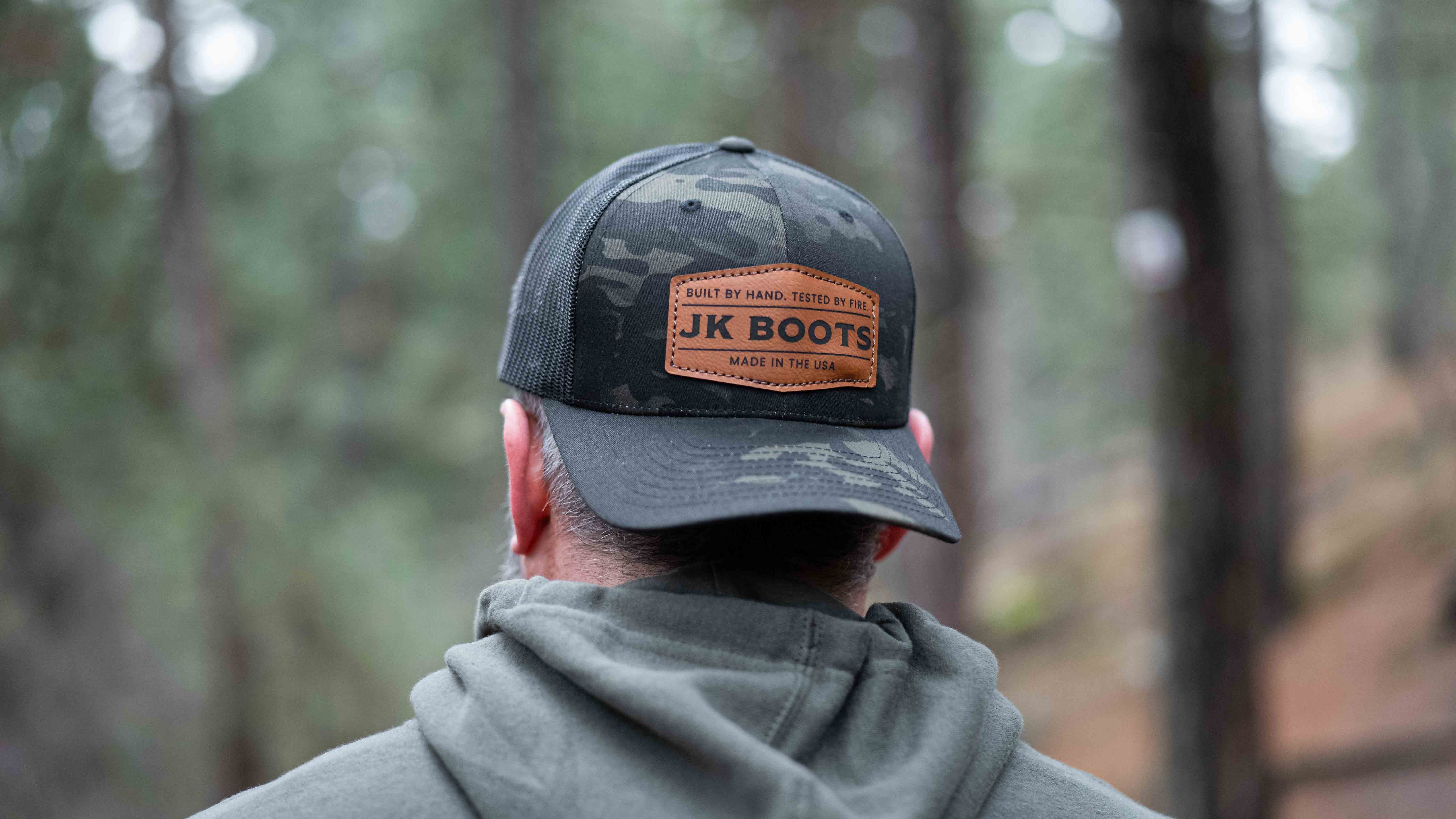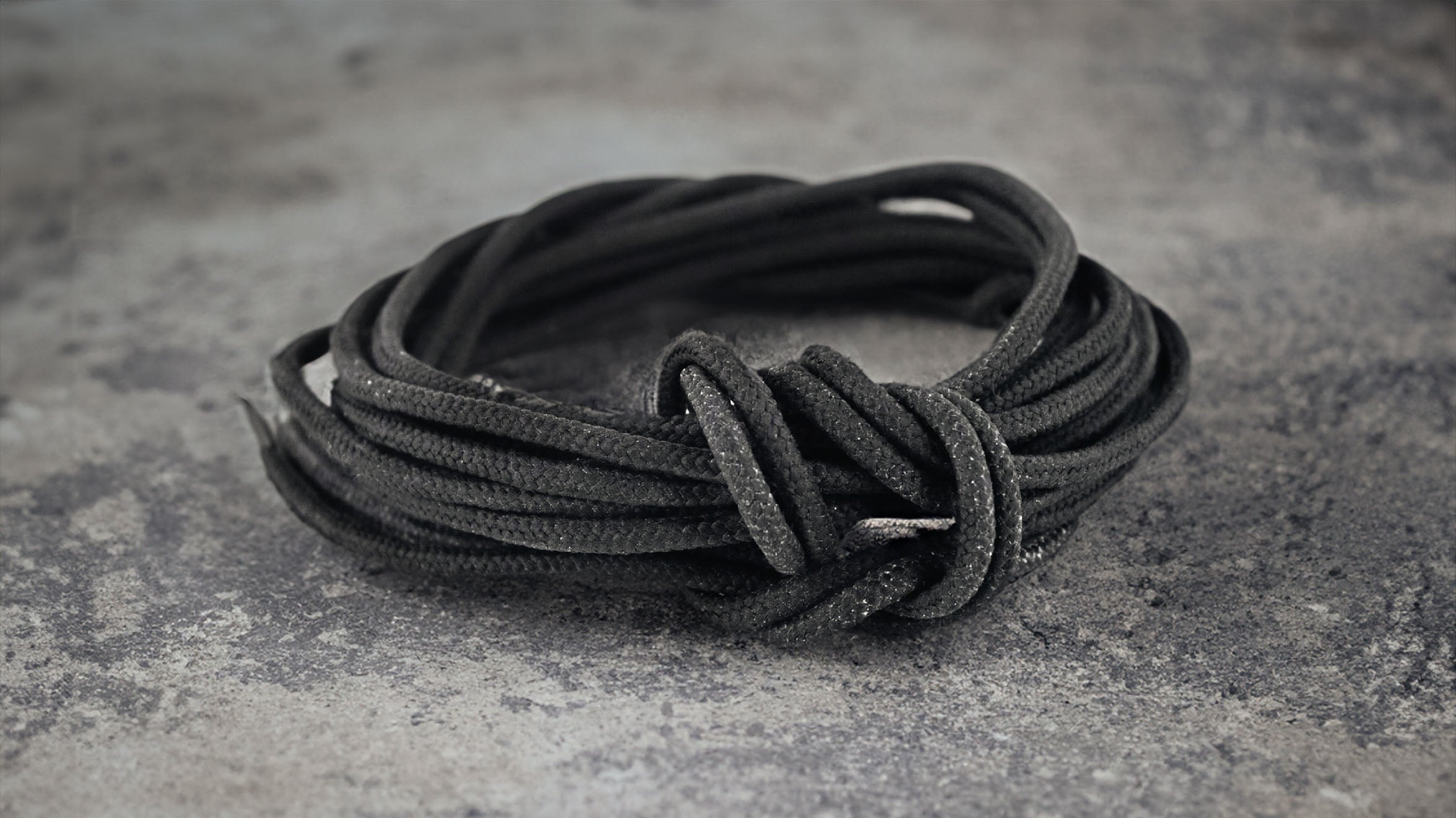Leather vs Steel Shank: Why JK Uses Leather Shanks in Our Boots
Most work boots have something called a “shank” through the arch of the boot.
You’ll never see it -- it’s just something boot makers add to boost the stability of the boot and make the arch support stronger.
For most decent boots, you’ll find a steel shank. That’s the industry standard, and it makes a world of difference compared to boots with no shank at all.
But at JK Boots, almost all of our boots use a leather shank instead of steel.
Why do we break the mold and use leather instead of steel?
The answer will tell you a lot about what we believe our boots are capable of...
You’re probably already familiar with the fact that our boots are handcrafted using thick oak-tanned leather for the insole.

On our heavier work boots like the Superduty, we also have another thick oak-tanned leather midsole. All in, you’re getting nearly an inch of the toughest leather under your foot between the insole and midsole. And that’s not even including the rubber lug outsole.
We fully expect you to have these boots for 10 years or more before the whole insole needs a replacement.
And because of that, we make sure to add a leather shank into the construction of the boot so that the shank also breaks in with the insole.

If we were to use a steel shank, it wouldn’t flex or break in with the rest of the leather and would eventually start to bother the bottom of your foot (possibly cause a bump in the insole).
Other work boots use a steel shank because they don’t expect you to ever run into that problem. The assumption is that you’ll wear the boots for 3 or 4 years and then get a new pair.
But with JK, we’re so confident in the comfort and durability of our boots, we’re thinking 5 years down the road when you’ve fully compressed the insole and it now shapes to your foot like it was custom molded just for you.

The one exception to this is our custom Climber boot. On that we use a steel shank.
We use a steel shank there because the extra rigidity is really important when you’re wearing gaffs, or if you’re up climbing lines. In those situations, you want an absolutely stable platform, so we go with steel there.
We know it’s a bit “nitty gritty” with the details. But we pour so much attention and effort into how we’ve designed these boots to make them the absolute best work boots you’ve ever put on your feet.
And we stand by our boots to the point where we anticipate how they’re going to feel on you 10 years from now.











Leave a comment